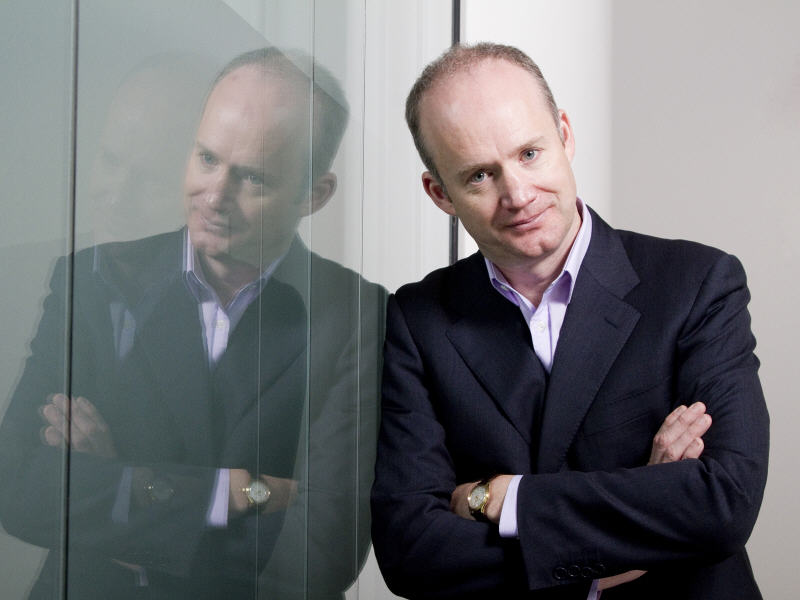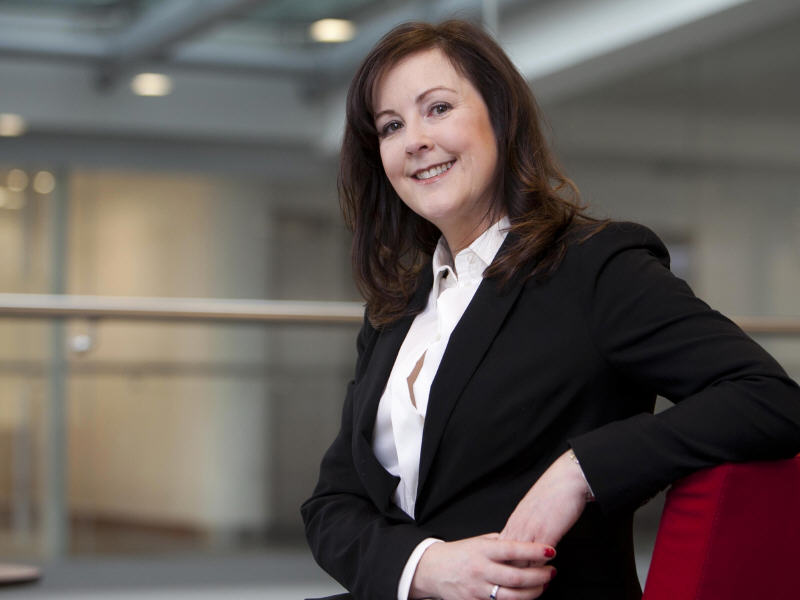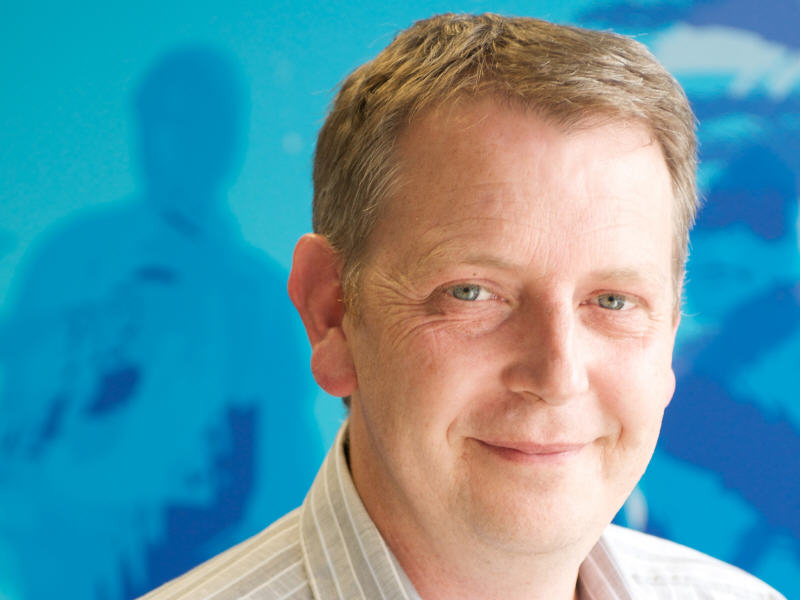Late last year, Ireland’s four main mobile operators forked out €850m (€481.7m up front) for wireless spectrum licences to roll out fourth-generation (4G) mobile networks across Ireland.
The big question now is when will the first 4G services arrive? All the operators are watching each other warily in terms of price bundles and launch dates, but the general consensus is the first 4G services will launch in Ireland in the late summer or early autumn.
So, what is this 4G fuss all about?
What is it?
4G stands for fourth-generation (4G) mobile technology and is based on a technology standard called Long Term Evolution (LTE) that makes use of spectrum of 900MHz and 1,800MHz to deliver speeds of theoretically up to 160Mbps.
In plain English please?
Basically, it means faster broadband speeds by employing the aforementioned radio frequencies. Instead of getting up to 21Mbps today, consumers can receive up to five times that much.
Really?
Nope, only theoretically. Today, consumers are promised 21Mbps on 3G and probably only get less than half of that. 4G will mean consumers will receive consistent speeds of at least 10Mbps to 20Mbps, where 4G is available.
Where will it be available?
The licences granted to mobile operators cover only 70pc of the population of Ireland, so realistically only big towns and cities.
And when will it be available?
All the operators are keeping mum about it but the consensus is late summer.
How much?
That’s the golden question. Operators haven’t said anything about prices yet. In the UK, EE offered unlimited phone calls and texts, and based prices on data caps ranging from stg£31 (€36.74) a month for a 500MB cap up to stg£76 (€90.08) for a plan with a 20GB data cap.
Operators have made lots of noise about the potential speed increases consumers will enjoy, ranging in theory from 70Mbps up to 160Mbps.
If the experience of Everything Everywhere (EE) in the UK is anything to go by, consumers in Ireland may only see speeds of between 10Mbps and 20Mbps in locations where 4G is available.
The auction process has been no doubt lucrative for the exchequer yet it’s important to bear in mind that Ireland’s 4G licences only cover locations where 70pc of the population of Ireland lives. Not only that, when the first services launch later in the year, cities are likely to receive them first.
ComReg, Ireland’s telecoms regulator, awarded Eircom (Meteor), Telefónica and Vodafone lots in the 800MHz, 900MHz and 1,800 MHz frequency bands, while Hutchison 3G Ireland received the 900MHz and 1,800MHz frequency bands.
While the marketing boffins at the various telecoms companies will be chomping at the bit to sing the virtues of their respective 4G offerings, the tricky part for all of them will be to manage expectations and ensure 4G doesn’t suffer the same hype curve as 3G.
The 3G services arrived in Ireland in 2002 but it wasn’t until 2006 when 3G dongles became widely available, and 2007 when the first iPhone launched that 3G began fully delivering on its promises.
One of the unexpected benefits of the 4G spectrum auctions for the Irish consumer is that it will lead to more 3G coverage around the country where it wasn’t available before. This is because the various operators competed for spectrum in the 800MHz and 900MHz bands, spectrum made available from defunct 2G networks and the switch-off of the analogue TV signal in the autumn.
Recently, Vodafone switched on the first locations in Ireland, in north Donegal, where areas capable only of voice will now have 3G broadband services. Vodafone Ireland’s recently appointed CEO Anne O’Leary said that by the middle of May it will switch 2G to 3G in Waterford and other parts of the south-east.
Tony Hanway, CEO of Telefónica, who operates the O2 brand in Ireland, believes the arrival of 4G will improve 3G speeds by up to a factor of five in certain areas.
“The new spectrum that the operators obtained allows improvements in 3G coverage and 3G speeds, as well,” Hanway said.
“It will be exciting for Ireland Inc because it is going to allow Irish people to enjoy much faster speeds and to do things on the move that they hadn’t been able to do before.”
Hanway also said 4G will help bridge the digital divide and help coverage in rural areas, especially areas where, in reality, fixed broadband is just not going to penetrate.
However, he said one of the potential stumbling blocks for when 4G eventually arrives could be a shortage of affordable handsets for consumers. At present, the only LTE-ready devices in the Irish market are high-end, expensive phones, like Apple’s iPhone 5, Samsung’s new Galaxy S4 and the HTC One.
“In reality, there are far more 3G handsets out there than LTE-enabled devices,” Hanway said. “The 4G roll out will commence in 2013 but this is obviously going to be somewhat curtailed by the fact that the roll out will take some time and handset availability is going to be building from a low base.”
Vodafone, which paid ComReg €160.8m up front with €119.7m following up to 2030, acquired by far the largest portion of the spectrum available.
In Vodafone’s case, acquiring all the spectrum bands means it can bolster its 4G offering potentially beyond the 70pc of population coverage. Where it won’t offer 4G it will nevertheless provide a spread of 3G (speeds of up to 21Mbps maximum) services.
Fergal Kelly, Vodafone chief technology officer, emphasised the importance of the near-universal spread of 3G to rural areas.
“Wherever there are only voice services today there will be broadband services in the coming months,” he said. “The thing that people need to realise about 4G is that it’s an evolution, not a revolution, to the next step in technology.”
In terms of the speeds consumers will experience, Kelly said there will be a need to manage people’s expectations and operators will need to be clear about when and where the new services will be available.
4G by the numbers
€850m – Amount Vodafone, Telefónica, Eircom (Meteor), and Hutchison 3G Ireland paid Ireland’s telecoms regulator ComReg for their 4G licences
stg£2.34bn – Amount paid by telecoms operators in the UK for 4G licences – about stg£1bn less than the UK exchequer had hoped
160Mbps – Theoretical high speeds possible over 4G networks
70pc – Percentage of Ireland’s population that the 4G networks are licensed to serve
“What 4G will bring is four times the download speeds and up to 10 times faster upload speeds. Theoretically, consumers could enjoy download speeds of 100Mbps and 35Mbps upload speeds but in reality the key word here is latency – the roundtrip that data makes through the networks – and four times faster downloads and 10 times faster uploads is what the 4G experience promises.”
Kelly said the roll out of 4G will involve Vodafone replacing old 2G and 3G equipment with more advanced 4G equipment across several hundred base station sites around the country.
“We are being circumspect about what 4G will offer,” said Kelly. “Because it is a stepping stone to future speeds and services, we need to make it clear that at first the public will start to see 3G broadband speeds available everywhere where there was 2G voice and we intend to keep on that message rather than hype the 4G evolution.”
Kelly said Vodafone has placed about €1bn into its network throughout the recession and as part of this upgrade the company will invest another €500m into its network.
“It is ultimately a question of investing where you will get a return,” he said.
Kelly also said that after the 4G auctions, it is likely that in order to keep pace with consumers’ demand for more data at higher speeds, Ireland is likely to see further spectrum auctions in two to three years’ time.
“It is likely that another spectrum auction for spectrum in the 2.6GHz will be necessary in a few years because the network operators will need to install greater amounts of base stations within smaller areas to cope with data demand.”
Returning to the kind of experiences that consumers can expect when 4G eventually arrives late in the summer, David Hennessy, the chief technology officer of Hutchison 3G Ireland, said sustainable speeds of 15Mbps to 20Mbps will be typical in most cases where 4G is available. Peak download speeds of up to 160Mbps could be possible, depending on how many people are in the cell network at the same time.
“I think data has become integral to people’s lives and compared with when 3G first arrived people are depending on getting data delivered to their smartphones and tablet devices on the move,” Hennessy said. “4G will make it more efficient for operators to deliver the kind of speeds consumers will need to enjoy video, and latencies will be more efficient.”
|
Tony Hanway, |
Fergal Kelly, |
Elaine Robinson, Eircom’s |
David Hennessy, |
Elaine Robinson, Eircom’s director of next-generation technology, said one of the key differences between when 3G arrived 10 years ago and when 4G eventually arrives this year will be the fact that people will already have an appetite for high-speed data.
“More than 50pc of the population of Ireland now carry smartphones and so we expect that the demand will be there, unlike when 3G first arrived,” she said.
Robinson said mobile operators will need to communicate clearly what 4G will do for consumers.
“You’ll never be able to guarantee a speed with radio, that’s physics. It will depend on how many people are on the network, who is doing what,” she said. “In a fully-loaded environment where everybody is using their smartphone to send photos, watch videos and more, the range of a consistent 10Mbps to 20Mbps is emerging as the benchmark.”
The one thing that requires focus, Robinson said, is the experiences 4G will enable. “What we envisage when 4G arrives is an experience closer to what consumers get with DSL broadband today,” she said.
What consumers can anticipate, Robinson said, is being able to enjoy more things, like video and online gaming on the move.
“We see 4G tying in with our plans for fibre rollout and we have aggressive rollout targets for 4G as we have for fibre,” she said.
A version of this article appeared in the Sunday Times on 5 May
Global network image via Shutterstock



